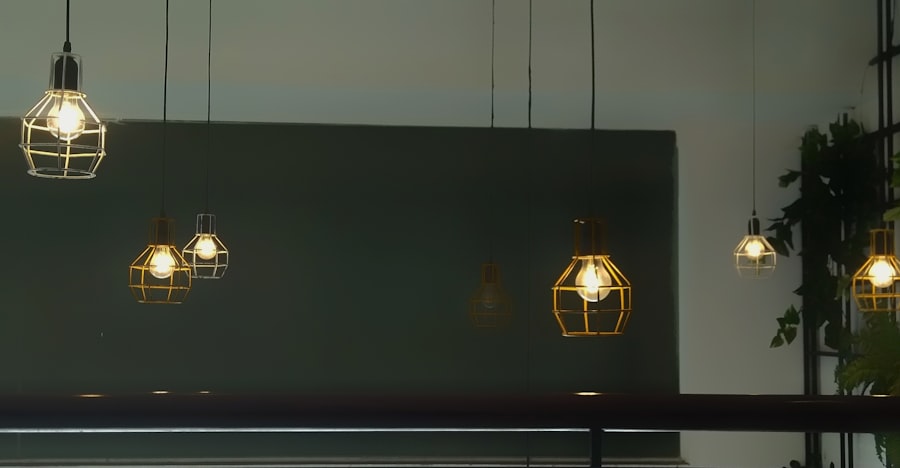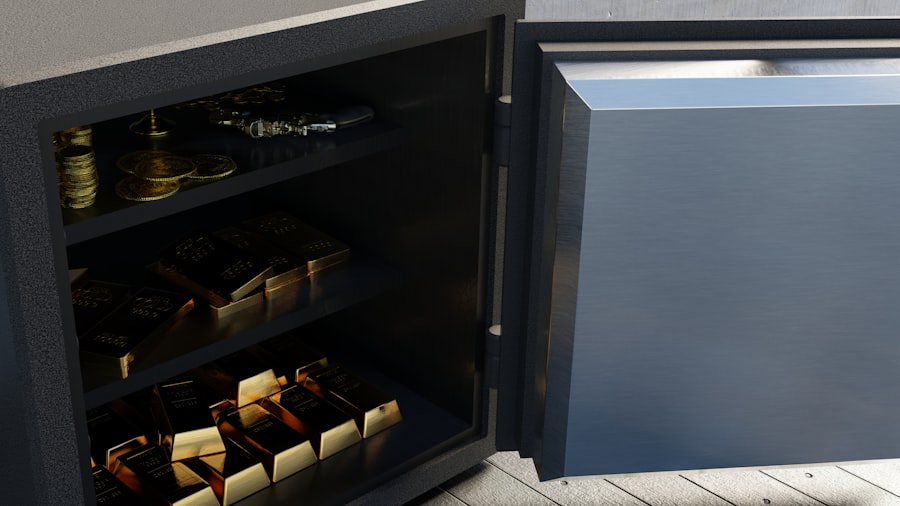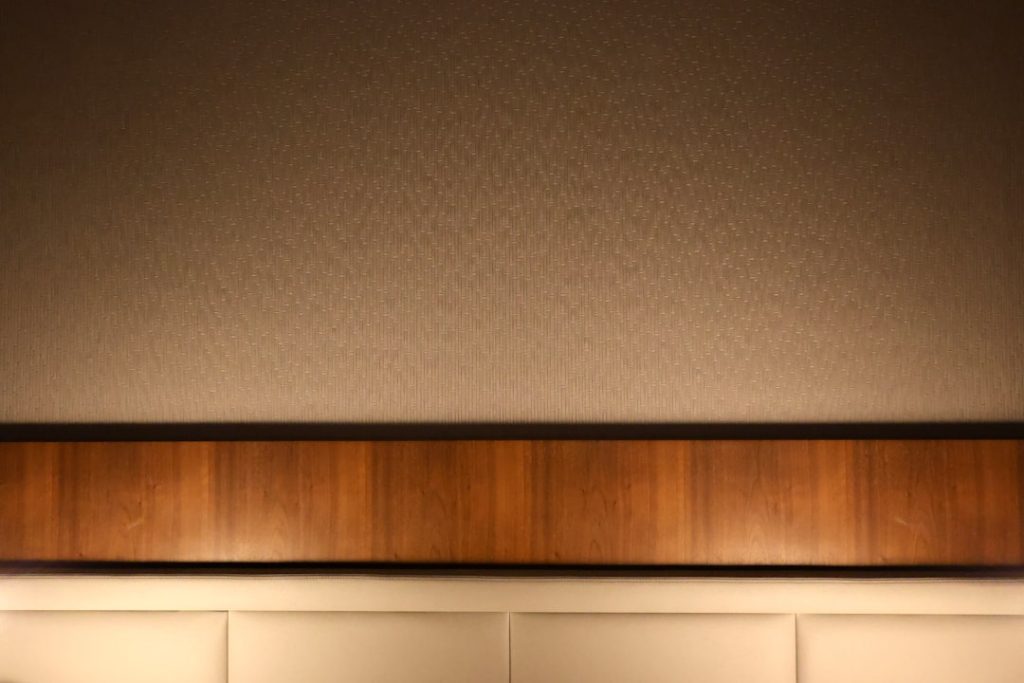Custom-made cabinets serve as the backbone of any well-designed kitchen or living space, offering not just storage solutions but also a means to express personal style and enhance functionality. Unlike pre-fabricated options, custom cabinets are tailored to fit specific dimensions, ensuring that every inch of space is utilized effectively. This is particularly crucial in homes with unique layouts or in older properties where standard sizes may not apply.
The ability to create cabinets that fit perfectly into the available space can significantly improve the overall flow and usability of a room. Moreover, custom cabinets allow homeowners to select features that align with their lifestyle needs. For instance, a family that enjoys cooking may opt for deeper drawers to accommodate larger pots and pans, while someone who entertains frequently might prioritize wine racks or open shelving for easy access to glassware.
The flexibility in design means that every cabinet can be crafted to meet individual preferences, making them not just functional but also a reflection of the homeowner’s personality and taste. This level of personalization is what sets custom cabinets apart from mass-produced alternatives, making them a worthwhile investment for those looking to enhance their living spaces.
Key Takeaways
- Custom-made cabinets enhance kitchen functionality and maximize space efficiently.
- Selecting high-quality materials is crucial for durability and aesthetic appeal.
- Collaborating with experienced professionals ensures tailored design and expert installation.
- Personalizing cabinet design reflects your unique style and complements your home decor.
- Investing in custom cabinets offers long-term value and improves overall kitchen satisfaction.
Choosing the Right Materials for Your Custom Cabinets
The choice of materials is a critical aspect of designing custom cabinets, as it directly impacts both aesthetics and durability. Solid wood remains a popular choice due to its timeless appeal and strength. Species such as oak, maple, and cherry offer distinct grains and colors that can complement various design styles.
For instance, oak provides a rustic charm with its pronounced grain patterns, while maple offers a more contemporary look with its smooth finish. However, solid wood can be susceptible to warping and requires proper care to maintain its appearance over time. In contrast, engineered materials like plywood and MDF (medium-density fiberboard) have gained traction for their stability and cost-effectiveness.
Plywood, made from layers of wood veneer, is less likely to warp than solid wood and can be finished in a variety of ways to mimic the look of natural wood. MDF, on the other hand, is an excellent choice for painted finishes due to its smooth surface and lack of grain. It is also more affordable than solid wood, making it an attractive option for budget-conscious homeowners.
Ultimately, the choice of material should align with both the desired aesthetic and practical considerations such as maintenance and longevity.
Designing Your Custom Cabinets to Maximize Space and Functionality

Effective design is paramount when it comes to maximizing space and functionality in custom cabinets. One of the most effective strategies is to incorporate features that enhance accessibility and organization. Pull-out shelves, for example, can make it easier to reach items stored in the back of deep cabinets, while lazy Susans can optimize corner spaces that are often underutilized.
Additionally, incorporating vertical dividers can help organize baking sheets or cutting boards, ensuring that everything has its designated place. Another important consideration in cabinet design is the height and depth of the cabinets themselves. Standard cabinet heights may not suit every homeowner’s needs; therefore, customizing the height can make a significant difference in usability.
For instance, taller cabinets can provide additional storage without taking up more floor space, while shallower cabinets can be ideal for smaller kitchens where depth may be an issue. Furthermore, integrating lighting within cabinets can enhance visibility and add an elegant touch, making it easier to find items while also creating a warm ambiance in the kitchen.
Working with a Professional Cabinet Maker: What to Look for
| Criteria | Description | Why It Matters | What to Look For |
|---|---|---|---|
| Experience | Number of years working as a cabinet maker | Ensures skill and knowledge in craftsmanship | At least 5 years in custom cabinetry |
| Portfolio | Examples of previous work | Shows style, quality, and range of projects | Diverse projects with detailed finishes |
| Materials Used | Types and quality of wood and hardware | Impacts durability and appearance | High-quality hardwoods and reliable hardware brands |
| Customization Options | Ability to tailor designs to client needs | Ensures the final product fits specific requirements | Offers bespoke design consultations |
| References & Reviews | Feedback from previous clients | Indicates reliability and customer satisfaction | Positive testimonials and repeat clients |
| Warranty & Aftercare | Guarantees and support post-installation | Protects investment and ensures longevity | Clear warranty terms and responsive service |
| Pricing Transparency | Clear and detailed cost estimates | Prevents unexpected expenses | Itemized quotes with no hidden fees |
| Project Timeline | Estimated duration from start to finish | Helps with planning and expectations | Realistic and communicated deadlines |
When embarking on a custom cabinet project, collaborating with a skilled cabinet maker is essential for achieving the desired results. One of the first things to consider when selecting a cabinet maker is their experience and portfolio. A reputable professional should have a diverse range of completed projects that showcase their craftsmanship and design capabilities.
This not only provides insight into their style but also helps gauge their ability to handle various design challenges. Communication is another critical factor in this partnership. A good cabinet maker should be willing to listen to your ideas and preferences while also providing valuable input based on their expertise.
This collaborative approach ensures that the final product aligns with your vision while benefiting from the cabinet maker’s knowledge of materials, construction techniques, and design trends. Additionally, discussing timelines and budgets upfront can help set clear expectations and prevent misunderstandings later in the process.
Incorporating Personal Style and Aesthetics into Your Custom Cabinets
Custom cabinets offer an unparalleled opportunity to infuse personal style into your home. The aesthetic choices made during the design process can significantly influence the overall ambiance of a space. For instance, selecting a specific finish—whether it be a rich stain on wood or a sleek matte paint—can evoke different feelings and complement various design themes.
A farmhouse-style kitchen might benefit from distressed finishes and vintage hardware, while a modern space could call for clean lines and minimalist designs. Hardware selection also plays a crucial role in defining the character of custom cabinets. The choice between knobs, pulls, or handles can dramatically alter the look of cabinetry.
For example, brushed nickel or matte black hardware can lend a contemporary feel, while antique brass or wrought iron can enhance traditional aesthetics. Additionally, incorporating glass-front doors or open shelving can create visual interest and allow homeowners to showcase decorative items or dishware, further personalizing the space.
Budgeting and Planning for Your Custom Cabinet Project

Budgeting for custom cabinets requires careful planning and consideration of various factors that can influence costs. The first step is to establish a realistic budget based on your financial situation and desired outcomes. Custom cabinetry typically involves higher costs than stock options due to the labor-intensive nature of bespoke designs and the quality of materials used.
It’s essential to account for not only the materials but also labor costs, hardware, finishes, and any additional features you may want to include. To ensure that your project stays within budget, it’s advisable to prioritize your needs versus wants. Identifying which features are essential—such as specific storage solutions or particular materials—can help streamline costs while still achieving a functional design.
Additionally, obtaining multiple quotes from different cabinet makers can provide insight into market rates and help you make informed decisions about where to allocate your budget effectively.
Installation and Maintenance of Custom-Made Cabinets
The installation process for custom-made cabinets is as crucial as their design and construction. Proper installation ensures that cabinets are level, secure, and function as intended. It’s advisable to work closely with your cabinet maker during this phase; they often have specific techniques or recommendations based on their designs that can enhance durability and performance.
For instance, ensuring that cabinets are anchored correctly to walls can prevent issues such as sagging or misalignment over time. Maintenance is another important aspect that should not be overlooked once your custom cabinets are installed. Regular cleaning with appropriate products will help preserve their appearance; for wooden cabinets, using a gentle cleaner followed by a protective wax can maintain their finish and prevent wear.
Additionally, addressing minor repairs promptly—such as tightening hardware or fixing scratches—can prolong the life of your cabinetry and keep them looking new for years.
The Long-Term Benefits of Investing in Custom-Made Cabinets for Your Dream Kitchen
Investing in custom-made cabinets offers numerous long-term benefits that extend beyond mere aesthetics or immediate functionality. One significant advantage is the increase in property value that high-quality cabinetry can provide. Potential buyers often view custom cabinetry as a premium feature that enhances the overall appeal of a home; thus, well-designed cabinets can yield a substantial return on investment when it comes time to sell.
Furthermore, custom cabinets are built to last, often using superior materials and craftsmanship compared to mass-produced options. This durability means that homeowners are less likely to face issues such as warping or fading over time, leading to lower replacement costs in the long run. Additionally, having cabinets designed specifically for one’s needs can lead to improved organization and efficiency in daily tasks—whether cooking or entertaining—which enhances overall quality of life within the home.
By choosing custom-made cabinets, homeowners are not just making an aesthetic choice; they are investing in functionality, longevity, and personal expression within their living spaces.



